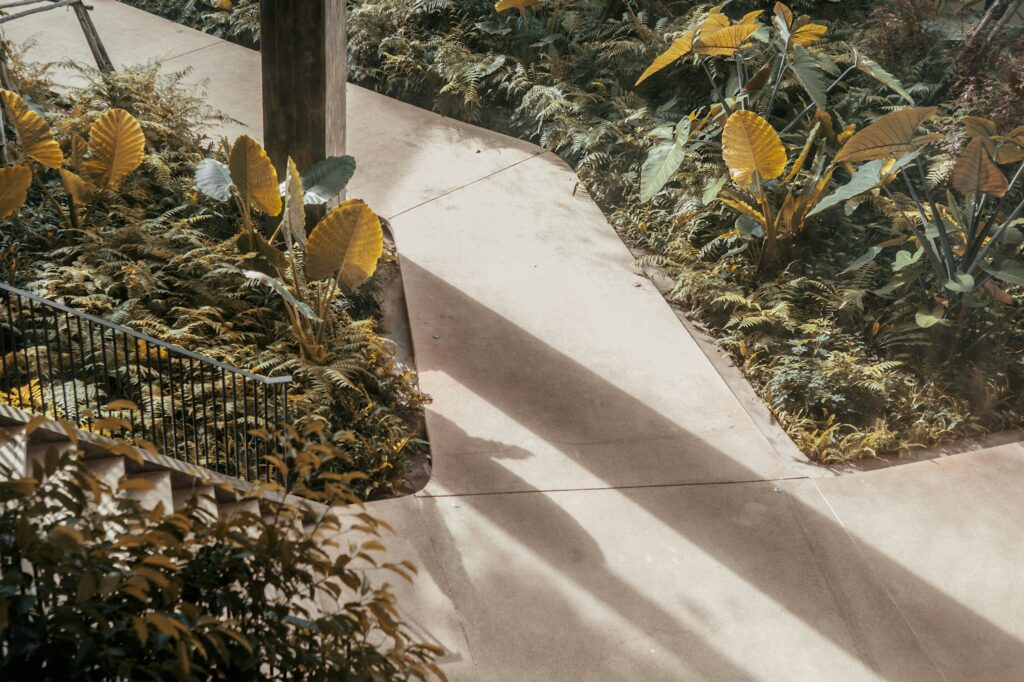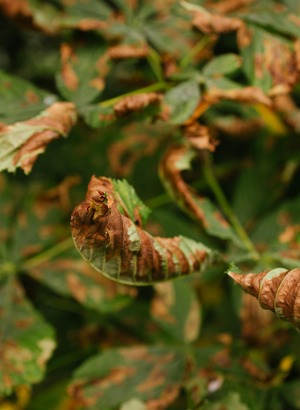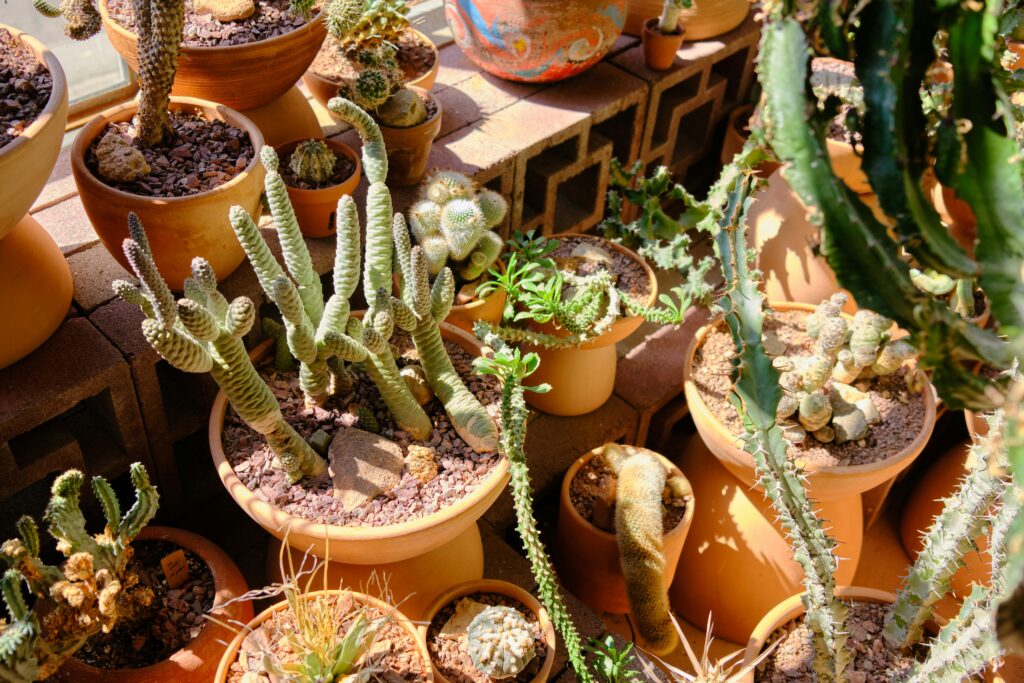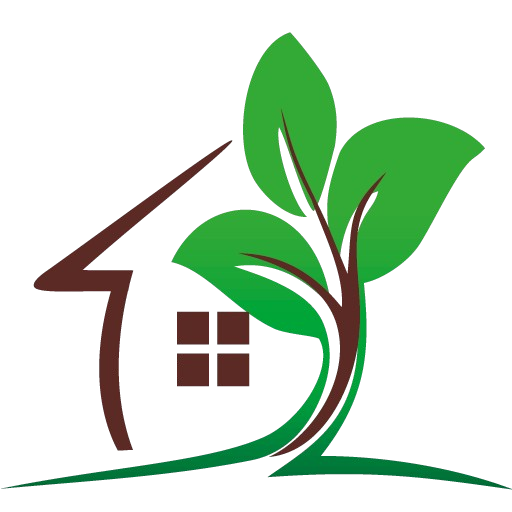Are you worried about your indoor plant health? Yes, it is natural because Indoor plants need care and maintenance and provide a healthy and friendly environment making it suitable to your lifestyle. But how will you notice that your plant is unhealthy?
We provide you with the most frequent signs of unhealthy plants in this blog. So, start your fun reading!

10 signs of Unhealthy Indoor Plants
The following are the 10 signs of unhealthy plants that need utmost attention and consideration.
1. Discolored leaves
Plants have the natural growth of new leaves within the proper cycle. However, if the plant is unhealthy it will show more discolored leaves. The increasing number of yellow leaves means that plants are getting more water than is required.
It also means that the soil is saggy or the air has low humidity. We suggest checking your pot if it has a good drainage system.
Also, check out your watering schedule and make sure that the plant gets the required amount of water.
2. Brown leaf edges

This issue is also a sign that something is not good with plant health, care, and maintenance. Brown edges can be for several reasons. If the plant is not getting enough water the edge of the leaf can turn brown and die.
Also, if the salt accumulation increases in the soil due to fertilizers then it may lead to a brown leaf edge.
We recommend checking your soil fertility and if there is more salt then washing it out. Check the moisture of the soil and water it.
3. Wilting, dropping, or sagging foliage
Water needs to be proper for the growth of plants. The imbalance of water can produce problems for plant growth. Wilting of foliage or dropping of foliage often indicates that the plant is thirsty.
Rotting root, due to which plant is not getting nutrition, may lead to wilting. Make sure that the plant is getting the required water and the soil moisture.
4. Lacking flowers
Indoor plants provide a pleasant and healthy environment. It depends on the flowering of plants in the season. But if the plants did not blossom in season it means the plant is in some sort of stress. There can be several reasons for it.
Lighting can be one reason. Plants need the required amount of light to grow. Move your plant to enough filtered light for flowers to grow.
Temperature can be another reason. Plants need optimum temperature to blossom. If it is not producing enough flowers in a season it means that temperature is fluctuating.
We recommend taking care about temperature by making sure that the temperature is maintained.
5. Rotting roots
If your plants show halted growth it can be due to rot roots. Rot roots can damage the nutrition and absorption ability of plants. It can lead to dying of plants.

It is caused by,
Proper drainage system is required for indoor plants. If water accumulates at the bottom it can lead to rot roots which will affect the plant growth. Manage your pot by providing strong drainage system.
Rot root may be due to compact soil. Soil that becomes compact can damage plant growth and roots movement. It restricts the air circulation.
Make sure that your soil provides air circulation and water movement. Also, increase the size of your pot so that the plant can improve its growth.
6. White powder on plant leaves
White powder on plant leaves can be a disease called powdery mildew. It can significantly lead to growth stops in plants. It is due to several fungi like Erysiphe, Sphaerotheca, and Oidium.
Watering plants from above can leave moisture on leaves, encouraging fungus growth. This fungus can develop in a humid condition.
It can lead to curling and yellow leaves, grayish spots on leaves, and stunted growth.
We recommend pruning the infected parts, improving air quality and circulation and avoiding surface water.
7. Lanky growth
Lanky growth is characterized by long thin stems with weak branches and sparse leaves. Plants that did not get enough light may stretch towards the light source resulting in fewer leaves and thin stems.
Improper pruning can lead to lanky growth. Many plants without pruning can lead to elongated growth.
Pruning the plants regularly often enhances healthy growth and maintains a healthy environment. Extreme temperature can lead to leggy growth. Maintaining proper temperature enhances plant growth.

8. Scorched Leaves
Scorched leaves can be another reason that your plant shows while in stress. Scorched leaves make browning, curling, or crispy edges.
It is due to excessive light. Excessive light makes leaves scorched, making it difficult for plants to grow.
It can also be due to heat stress. Heat stress is due to excessive light or in an environment where air circulation is bad. It is because the temperature increases which make plants in a stress.
Make sure that the plant gets proper and required light. Also, look after the plant temperature by providing the required temperature.
9. Plant blight
Plant blight is the sudden death of a plant body or part but more the part. The plant is a severe case caused by several reasons.
Much plant blight is caused by fungus infection. Like, late blight is caused by Phytophthora infestans. Bacterial blight is caused by specific bacterial strains. It can affect potatoes and beans respectively.
It will be good to use pathogen sprays. Also, improves the environment by providing the plants required light, temperature, and soil.
10. Chlorosis in plants
Chlorosis in plants occurs due to chlorophyll loss. The chlorophyll production is disrupted leading to yellow leaves.
Chlorosis is caused by poor soil PH. Soil PH disrupts nutrient availability such as iron and manganese. Too alkaline or too acidic soil affects the nutrient regulation in soil.

Lack of essential nutrients such as iron, magnesium, calcium, and potassium affects plant growth. Particularly, the deficiency of iron can lead to chlorophyll damage.
Moreover, excess water in the soil blocks the oxygen availability to the plant roots leading to chlorosis.
To manage chlorosis, we recommend looking after the root causes like nutrient deficiencies, soil PH, and drainage system.
What does it mean if my plant’s new growth is pale or weak?
It is a sign of nutrient deficiency, insufficient light, or environmental stress. The peat and disease may be responsible for it. Make sure that the plant is sprayed with pesticides and provide regular fertilizer.
What are the unhealthy things for plants?
There can be many things unhealthy for plants but the most prominent are excess soil moisture, nutrient imbalance, air pollution, and soil PH extreme.
How do you save an unhealthy plant?
An unhealthy plant can show different signs of stress. To treat it, act accordingly. The most frequent to do is re-pot the plant. Change the pot size by making sure that it has a drainage system.
Why is the plant growing slowly or not?
Slow growth can be due to insufficient light, compact soil, low fertilizer, and limited light exposure.
What kills roses fast?
The only effective rosses killers are herbicides. Herbicides can be applied only after the new growth. The wild roes can be eliminated by herbicides.
Final thoughts
There are many reasons for the unhealthy indoor plants. It can show several signs of stress like wilting of leaves, weak stems, powdery leaves, rotting roots, and chlorosis. By taking effective steps plants can be saved from damage.
